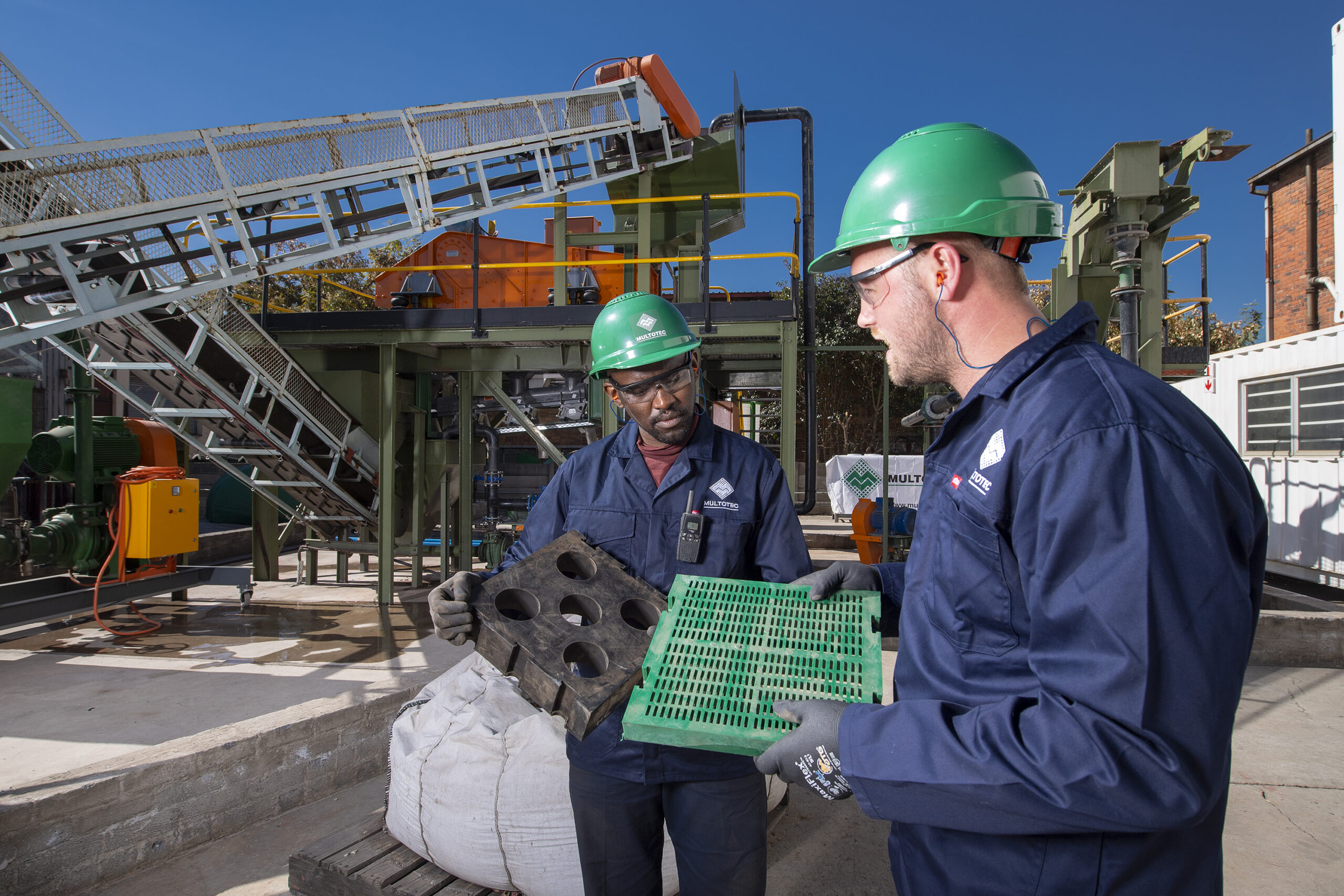Efficient screening is a critical factor in a processing plant’s profitability. As mines continue to seek ways to increase profits, choosing the right screen media for the application can result in improved metallurgical performance, less downtime, reduced wear on equipment and lower operating costs.
This is according to Gerrit van den Heever, sales director at Multotec, who says that when it comes to procurement of screen media, few end users, and their procurement teams, ever think about the bigger picture – total cost of ownership (TCO), which considers not only the initial cost of the consumable, but also the cost of operation and maintenance.
“Although a screen panel is a relatively low-priced component in a processing plant, there is often a big focus on this cost, at the expense of TCO, which in my view is a flawed procurement practice,” he says. “Incorrect media selection can result in the screen not being able to handle the duty requirements. Consequently, the impact on the bottom line can be severe”
In a dense media separation (DMS) plant, the cost of the ferro silicone or magnetite is significant. Effective screening can result in improved medium recoveries and huge savings. The other obvious benefit to effective screening is the avoidance of valuable product losses.
A range of factors should be considered when selecting a screen panel for the application. One of the principle parameters is whether the screening application is wet or dry. “In a wet application, the supplier should establish whether blinding, pegging and scaling are a problem. In a dry screening application, check whether impact and pegging are issues of concern. These parameters are key in selecting the right material, with the relevant physical properties, in which the screen panel should be manufactured.”
Different materials of construction need to be considered with the most appropriate being selected for a given application. The company has invested in a substantial range of material compound manufacturing capabilities to meet different customer needs. These include 21 different types of injection moulded polyurethane compounds, 17 types of hand caste polyurethane compounds, 17 types of compression moulded rubber compounds, and 18 types of injection moulded rubber compounds (e.g. fire-retardant).
All screen panels are manufactured with tapered, self-relieving apertures, resulting in the unrestricted downward movement of any sized particle, reducing pegging and blinding.
Rubber screen panels – which absorb impact, reduce pegging and blinding, and improve wear life in coarse and heavy-duty applications – are suitable for both high moisture and dry applications. Wedgewire screen media is suitable for filtration, solid/liquid separation, classification, dewatering and concentration in mineral processing applications.
“It is important to deal with a reputable screen media manufacturer that can assess these application requirements and recommend the most appropriate screen panels and screen deck configurations for the application at hand,” says van den Heever.
Not only does Multotec offer a variety of compounds, but also various aperture sizes and configurations to meet different customer needs. Overall, the company has over 1 000 apertures available to choose from. “If we cannot assist a customer out of this range, we will tailor a solution to suit the application,” concludes van den Heever.





